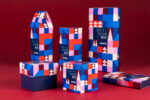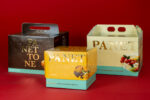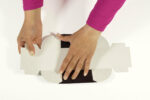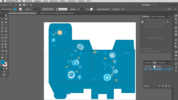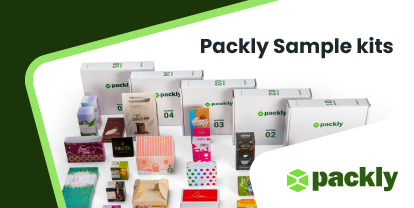Smooth penne and packaging. The famous sales debacle of the well-known pasta shape that remained almost untouched in supermarkets in Northern Italy, plundered in view of the recent isolation from a potential pandemic. Let’s debunk it with Packly
Smooth penne and packaging. The media case of the 80s pasta, famous mainly in Southern Italy, snubbed on supermarket shelves but becoming a social phenomenon.
Foreword
Smooth penne and packaging. If you missed it, let us summarize the background. Coronavirus’ growing contagion concern has prompted many inhabitants in the most affected areas to literally raid supermarkets, in view of future forced isolation. Countless photos circulated of empty shelves and deserted aisles. The haste and rush to get food, however, have systematically spared a single pasta format: smooth penne. Why? Let’s review some hypotheses.
The discriminants
First of all, let’s ask ourselves what are the factors determining the purchase of a product in a store.
- Physical positioning. There are in-depth studies on the relationship between positioning in the aisle and subdivisions on the shelves, which determine the turnover of the products. Salt and sugar, for example, will always be quite hidden because they are essential, forcing consumers to wander around the shop to find them, thus reviewing all the other products. The smooth penne were placed too high and out of sight.
- Commercial push. Is an above or below the line media campaign on-air sustaining this or that product? The Nutella Biscuits case teaches, the need must be created and we will talk about it soon in a dedicated post. We do not remember recipes or spots with smooth penne since they were prepared with vodka in the fabulous 80s.
- Packaging. This is exactly our point. How much does packaging affect the sale of a product and what can be the leverages determining its success? This aspect needs to be discussed.
The key function of packaging
In the digital world, product marketing can be created and modified almost in real-time, the so-called real-time marketing. The physical features of the product however, therefore the packaging, are hardcoded in the article and any modification involves extremely high operating and production costs.
What is the secret of good packaging design?
There is no silver bullet. It is a combination of elements working together to maximize yield. Here are three questions brands should consider during the packaging design process.
1. Does packaging attract customer attention?
The product packaging must capture the consumer’s attention in order to convince them to put it in the physical or virtual cart. As far as daily products are concerned, buyers’ decisions are quick, automated and unconscious, which makes it crucial to emphasize packaging. Packaging must stand out for the right reasons. Graphics, colors, and layouts can make it visually appealing, but they don’t necessarily have to be sophisticated or elaborate. A simple and clean design may be enough to bring out the content.
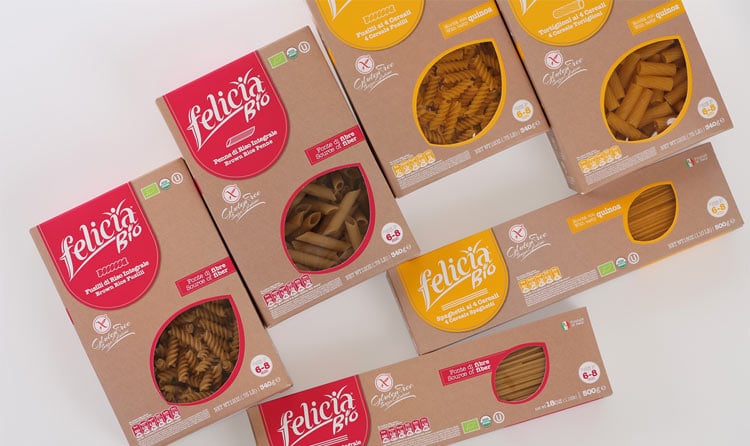
2. Does packaging guide purchase intent?
This is really the most important question of all, as the main role of packaging design, and of any marketing action, is to sell. There are many things that guide the purchase intention (price, availability, word of mouth), but when it comes to designing packaging, clarity is essential. The packaging of the product is generally the last element leading the target consumer to find the product attractive and determine its purchase. It is useless to have a superb packaging design if nobody knows the product or the message the packaging is trying to convey. Practicality is also fundamental. Once again, packaging can be visually appealing, but it must also be functional and easy to use.
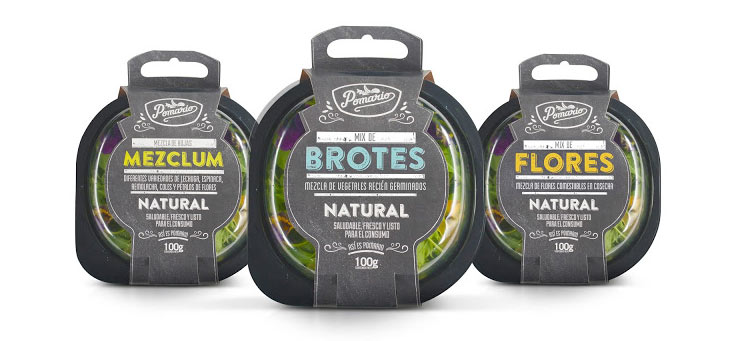
3. Does packaging represent the brand consistently and positively?
Marketing managers need to make sure that what eventually arrives on the shelves represents their brand in the correct way. Packaging must align with the brand’s image, positioning, and overall values. The brand must be easily identifiable within the packaging design and consumers must immediately understand who the manufacturer is.
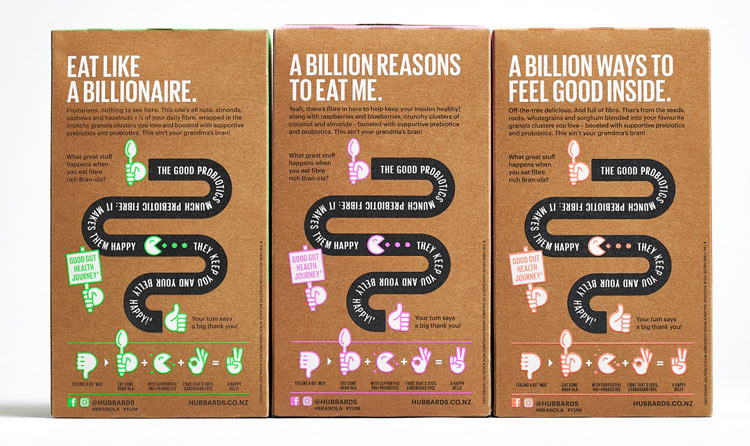
4. Were tests on packaging scheduled for the target audience?
The secret of successful packaging is to verify the reaction by the relevant public especially before, during and also after its launch on the market. This can be done mainly in three ways:
• Through focus groups and by showing different layouts to selected groups of users before going into production.
• Through the launch of limited series in small quantities to test out and then implement consumer feedback.
• Through the layout redesign according to new product features or on the basis of targeted surveys and sales data.
Let’s look at these examples of the before and after of some famous products as well as different prototypes submitted to the review of potential buyers.
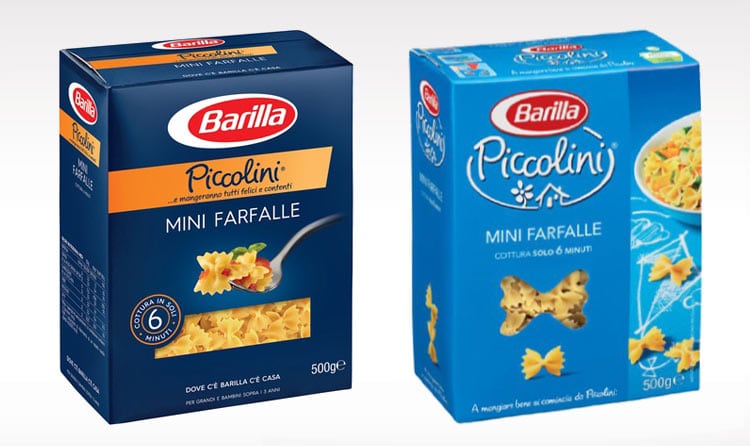
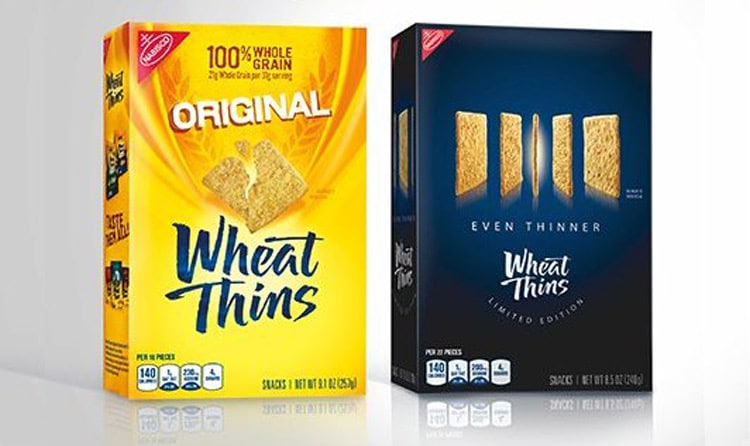
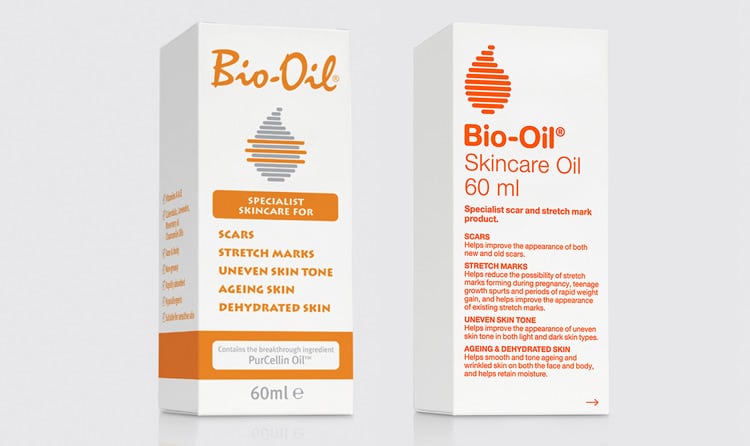
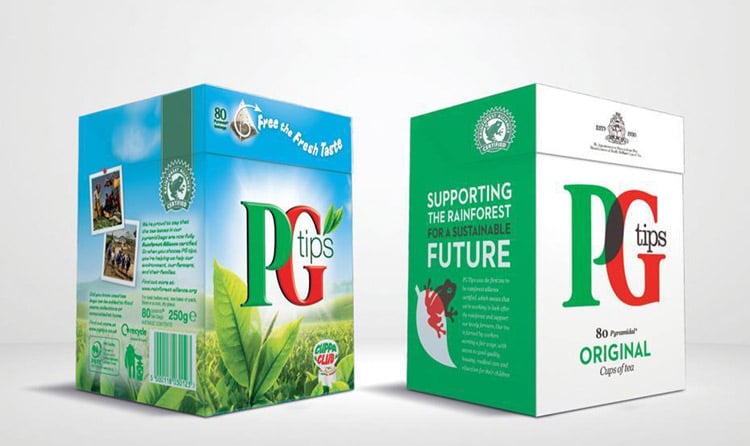
Conclusion
Do you think the packaging design project is complex and therefore subject to errors? We at Packly are here for you! What you can do is test different packaging designs on a very small scale, producing even a single prototype. Packly will create it for you and follow you in the development of subsequent changes. We await your orders!





